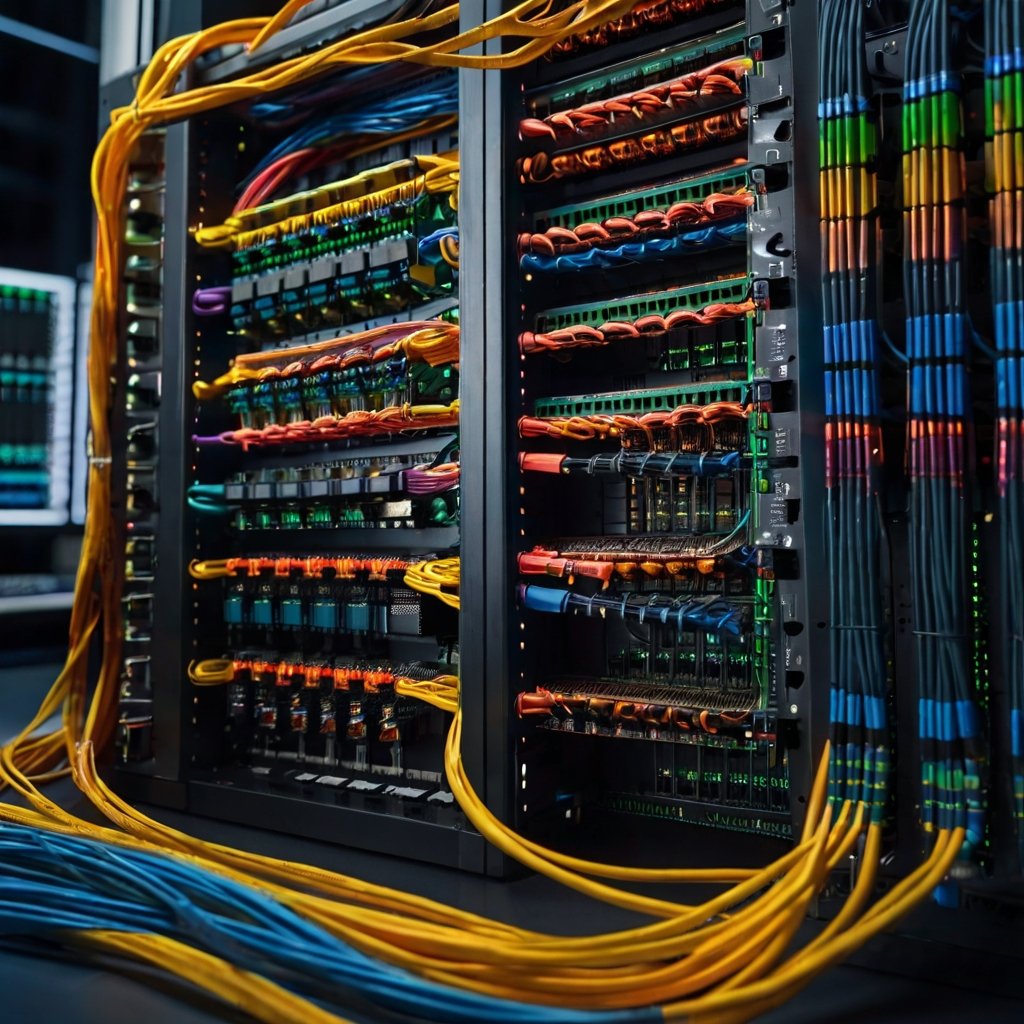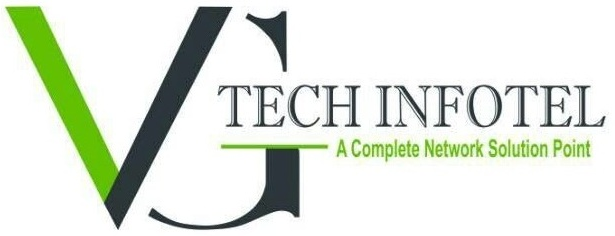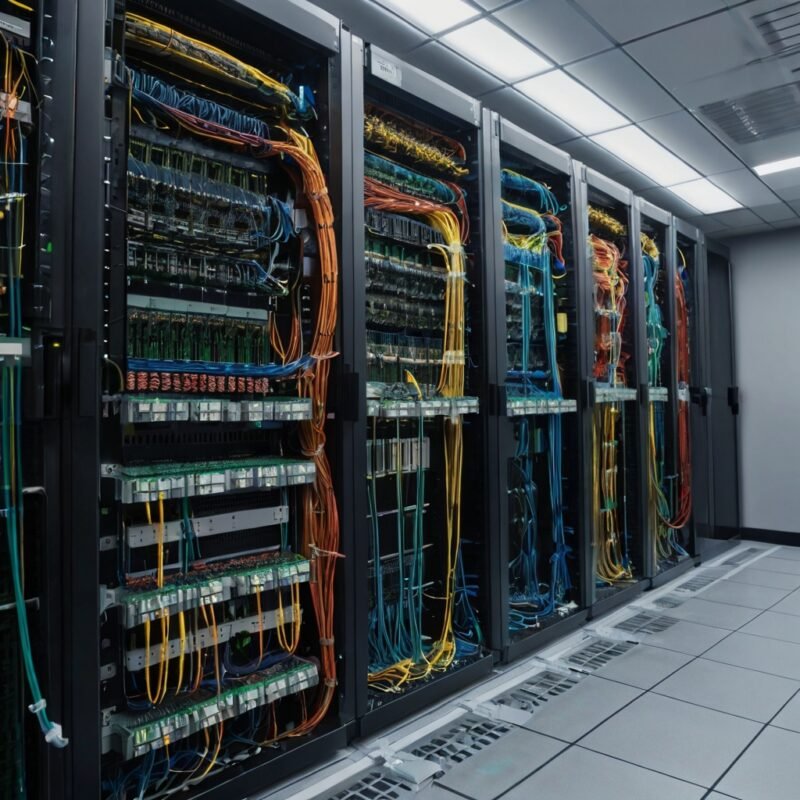Benefits of Structured Cabling for Businesses

In the digital age, your business’s network infrastructure is as important as electricity. Whether you’re running a small office or managing a large corporate network, structured cabling provides the organized, scalable, and reliable foundation that modern operations demand.
What is Structured Cabling?
Structured cabling is a standardized system of organized network cables, patch panels, and hardware that supports multiple hardware uses and ensures smooth network performance. Unlike messy, point-to-point wiring, structured cabling is designed for efficiency, scalability, and neatness.
Key Benefits of Structured Cabling for Businesses
1. Improved Network Performance
Well-organized cabling reduces signal interference, improves data transfer speeds, and ensures consistent connectivity.
2. Scalability and Flexibility
Need to add new workstations, devices, or servers? Structured cabling allows quick expansions without overhauling your entire network.
3. Reduced Downtime
Labelled and neatly routed cables make troubleshooting faster, reducing downtime when network issues occur.
4. Cost-Effective in the Long Run
While initial setup might cost more than basic wiring, the low maintenance, reduced downtime, and easy scalability save money over time.
5. Enhanced Aesthetics and Safety
Messy cables can be a safety hazard. Structured cabling improves workspace organization and prevents tripping hazards.
Structured Cabling Components
-
Horizontal Cabling: Runs between work areas and telecom rooms.
-
Backbone Cabling: Connects telecom rooms, equipment rooms, and entrance facilities.
-
Patch Panels: Central points for cable connections.
-
Racks and Cable Managers: Keep cables neat and accessible.
Industries that Benefit from Structured Cabling
-
Corporate Offices: For smooth communication and IT operations.
-
Data Centers: To manage thousands of cables efficiently.
-
Retail Businesses: For POS systems, security cameras, and inventory tracking.
-
Educational Institutions: For connecting labs, classrooms, and administrative offices.
Best Practices for Structured Cabling Installation
-
Plan for Growth: Use higher-spec cables (like CAT6a or fiber) for future needs.
-
Label Everything: Makes troubleshooting and upgrades easier.
-
Avoid Power Interference: Keep network cables away from electrical wiring.
-
Work with Certified Professionals: Ensures compliance with industry standards.
Conclusion
Structured cabling is more than just wires — it’s the backbone of your business network. By investing in a well-planned cabling system, you ensure fast, reliable, and scalable connectivity for years to come.
👉👉👉 Contact Now to get expert structured cabling solutions designed for your business needs.













